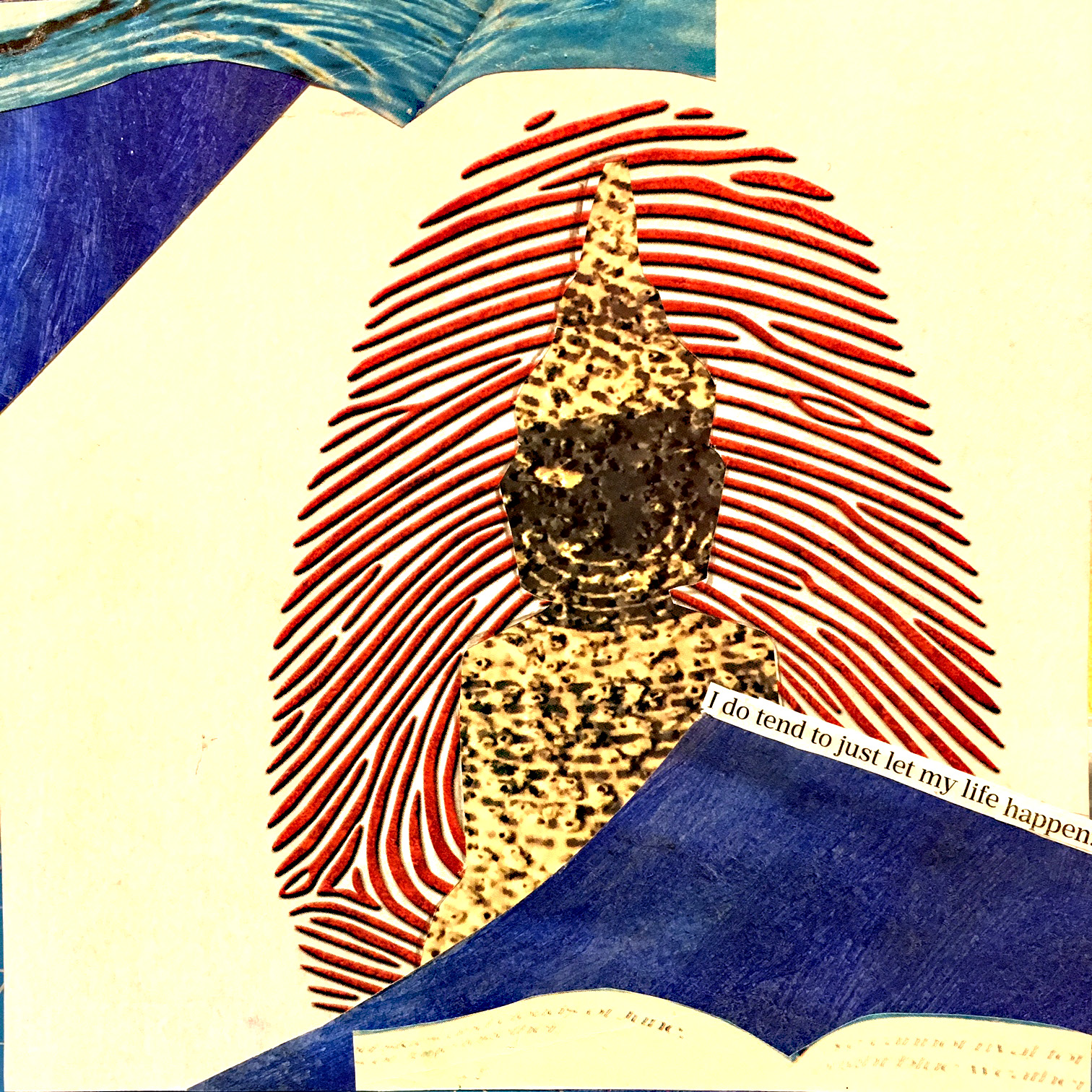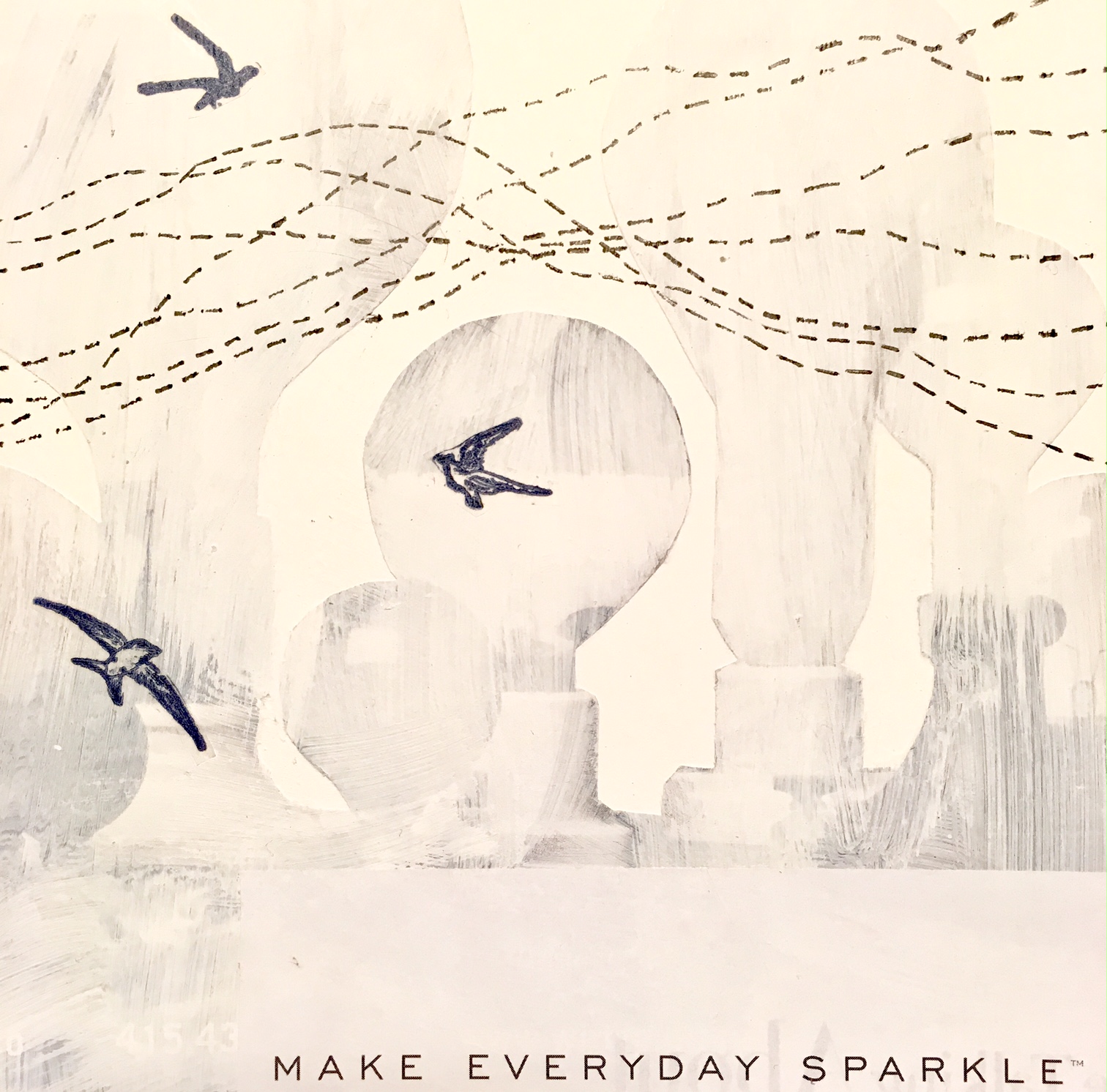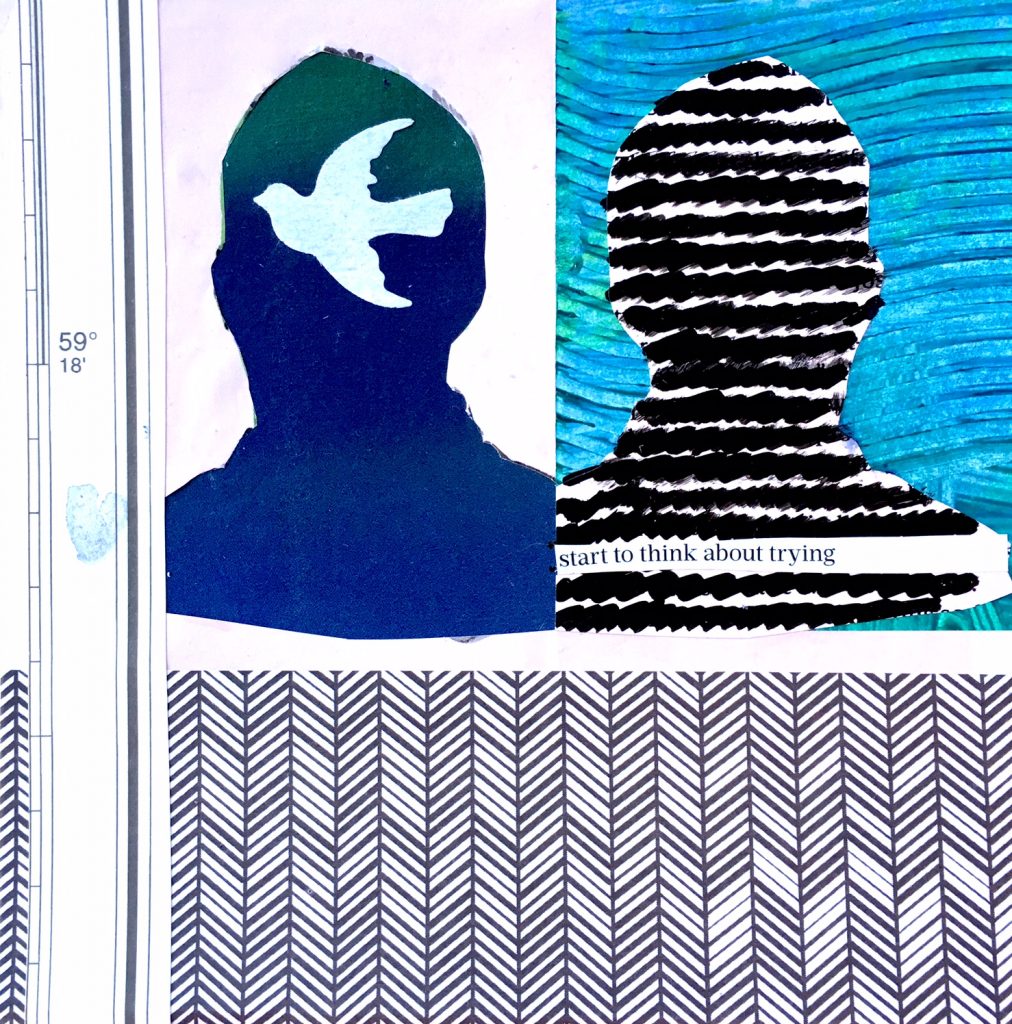
Present moment, wonderful moment
December 19, 2016
Your true calling
December 21, 2016At MCLA where I teach, a cohort of us have immersed ourselves into incorporating Design Thinking into our courses. For artists and designers, this process comes naturally and it’s easy to be like, what am I missing, this is what I do as an artist/designer all the time.
Design Thinking as utilized by the d.school at Stanford takes this process and inserts it into business, health care, government and all kinds of things. The number of a-ha moments that non-artists/designers have while using this process would convince you to try it when you have a particularly thorny situation, especially if you could get a number of diverse people to participate in the process. So what is the process?

Here it as as illustrated by the d.school.
Empathize: get to know your audience–I like to think about this as the research stage. Who are they? Immerse yourself in their everyness.
Define: Create an audience point of view that reflects what you discovered in your research.
Ideate: Also known as brainstorming. The more the better, and if they are crazy, be sure to add them into the mix.
Prototype: Make it. Try it. Tinker with it. Get them into physical form, how something functions in your mind doesn’t always function the same way in the world.
Test: Share with your audience. Observe how they interact with it, try to ask non-leading questions to see if it fits the need. Continue to revise and edit until completion.
Bill Burnett and Dave Evans, part of the d.school and cofounders of the Life Design Lab and authors of the book Designing your Life, teach a course at Stanford by the same name that is one of the most popular courses at Stanford. If you are not at Stanford, the book serves as a great substitute. It uses the design thinking process to help college students, mid-aged career folks, retirees and everyone in-between find their path, get unstuck and move forward into meaning. (hopefully) I picked up the book for two of reasons.
1. I’m likely at the middle point of my own life, and after a year sabbatical, am wanting to change/reframe things in my own life.
2. Could this be another way to incorporate design thinking into my classes or with my advisees. Could I use it as a model to help students figure out how to get the most out of their experience at MCLA and beyond?
In the book, you the reader are the audience, the user. When you are investigating designing something for someone else, you get to ask questions, be inquisitive. When you have to turn that onto yourself, how do you get at those new goals and aspirations? The first way is to keep a Good Time Journal, a place where you track not only what you are doing, but how you feel doing it, does it give you energy or suck energy. You use this information to begin the ideation/brainstorm process using mind-mapping to lead you to all kinds of associations, the crazier the better using three categories activities of engagement, activities that give you energy and activities that cultivate flow. Once you have these mind-maps, you use that information to hatch a plan to try in the prototyping stage. Today’s collage will tell you where I am with this process. 
Today’s Assignment:
- Incorporate black-out poetry into today’s composition.
- Use the same shape but with different papers in some kind of mirror like composition.
- Fill your entire substrate with papers.


1 Comment
[…] prompt what is your vocation at this time in your life, both in and beyond job title. If you read my post from yesterday, you know I’m reading the book Designing Your Life, and actively trying to wrestle with […]